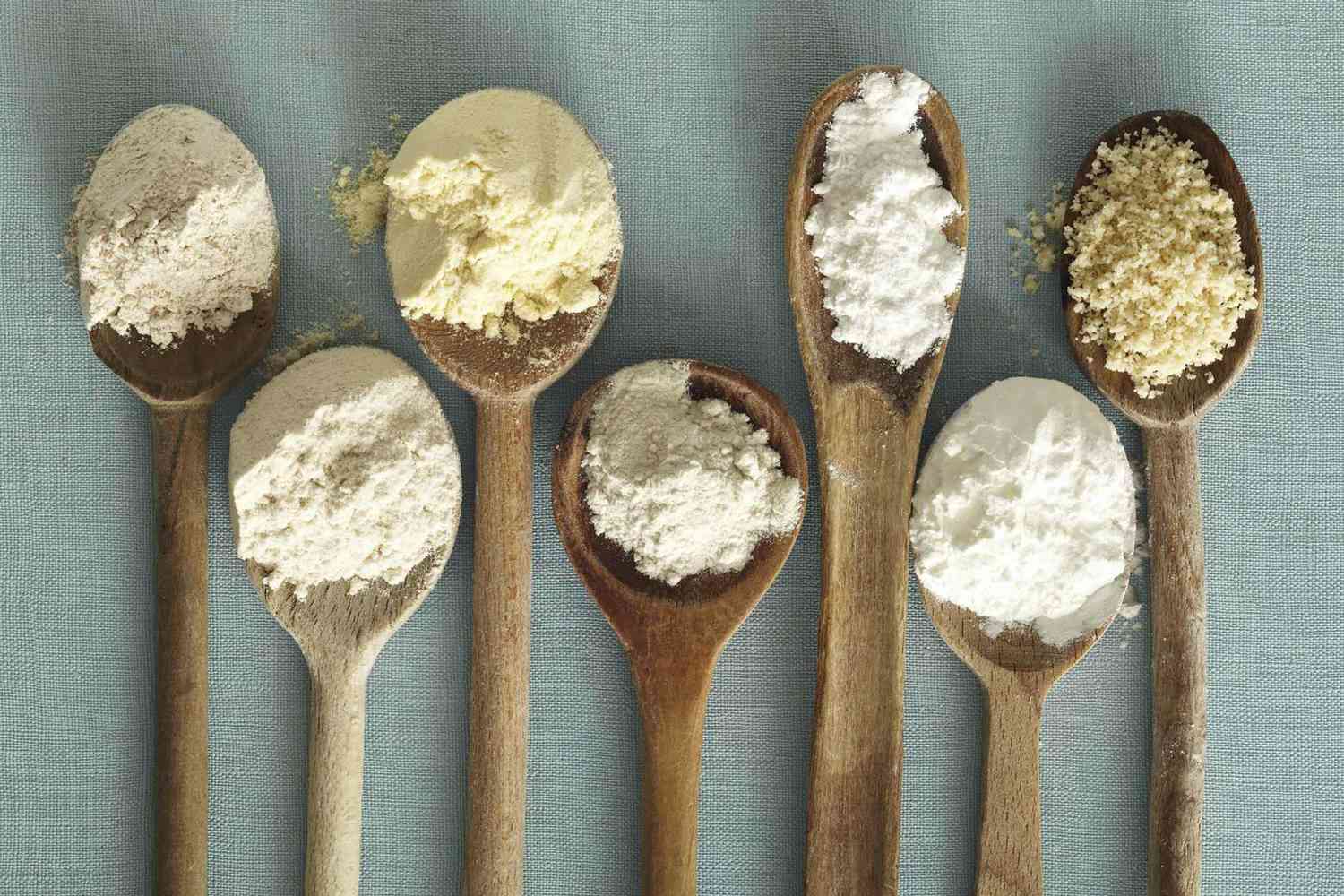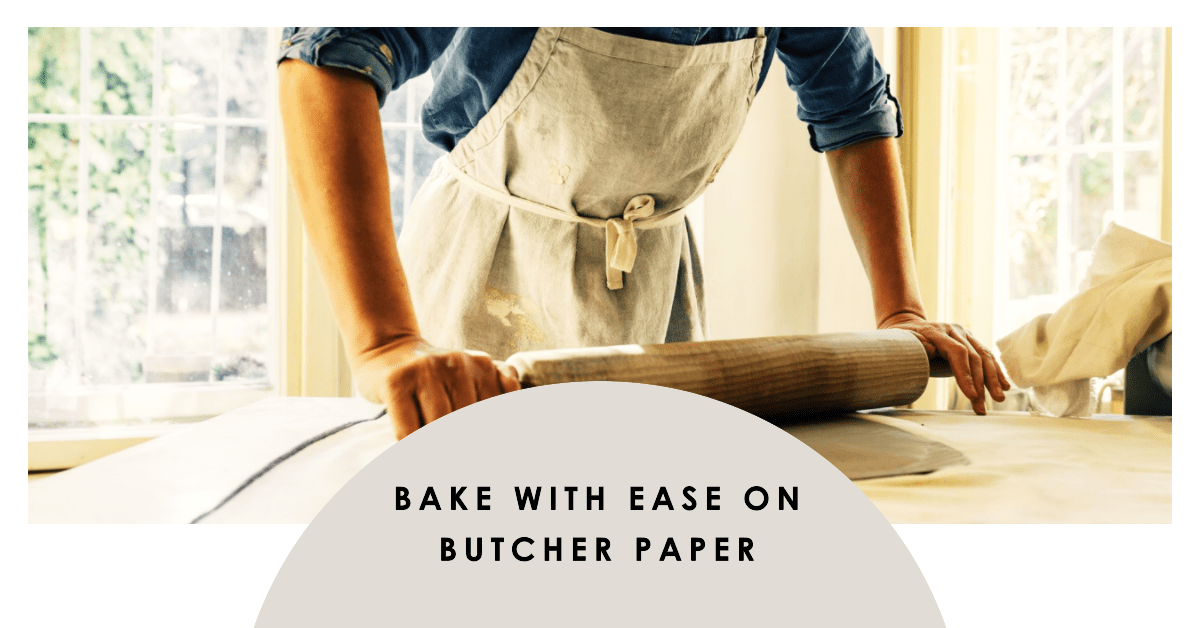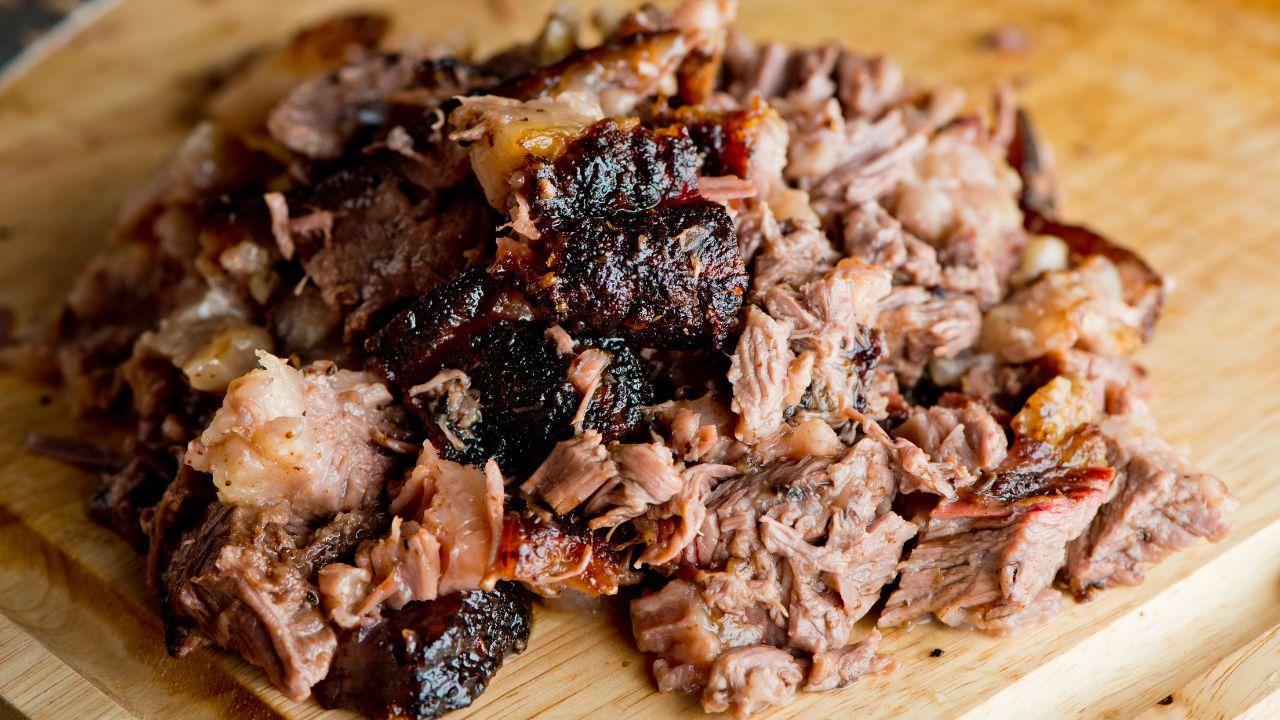Grilling Juicy meat is one of the most popular ways to cook meat, especially during the summer months. However, grilling juicy meat can be a tricky cooking method, and even the most experienced grill masters can struggle to keep their meat juicy and flavorful. The last thing you want is to spend hours marinating and grilling juicy meat, only to end up with a dry and tough end result.
Thankfully, there are several tips and tricks you can use to keep your meat juicy and flavorful while grilling. One of the most important things you can do is to properly prepare your meat before grilling. This includes marinating your meat in a flavorful liquid, such as a mixture of oil, vinegar, and herbs. Marinating not only adds flavor to your meat, but it also helps to tenderize it, making it more juicy and succulent.
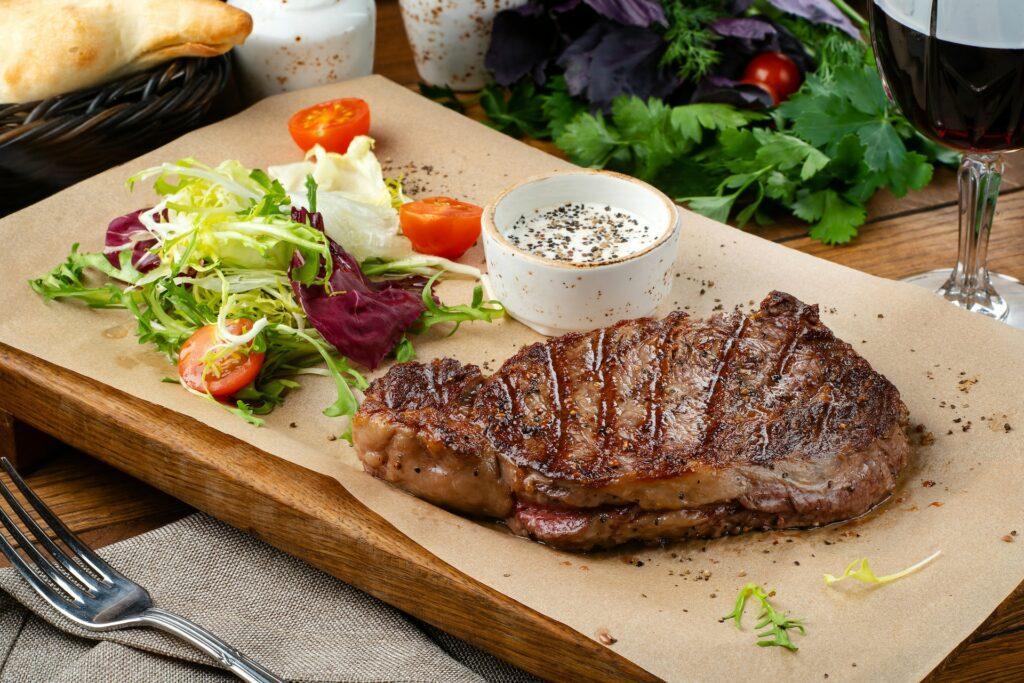
Another important tip is to monitor the temperature of your grill and the internal temperature of your meat. Overcooking your meat is one of the main causes of dry and tough meat. Use a meat thermometer to ensure that your meat is cooked to the right temperature, and try to avoid cooking your meat on high heat for too long. By following these tips, you can ensure that your meat stays juicy and flavorful, no matter what type of meat you are grilling.
Contents
Understanding Meat Juiciness
When it comes to grilling juicy meat, one of the biggest challenges is keeping it juicy. Dry, tough meat can ruin a meal and leave your guests feeling unsatisfied. Understanding what makes meat juicy and why it loses its juiciness during grilling can help you take steps to keep your meat moist and flavorful.
What Makes Meat Juicy?
Juiciness in meat comes from the presence of moisture. Meat is made up of muscle fibers, connective tissue, and fat. When these components are intact and properly balanced, they work together to hold in moisture and create a juicy, tender texture.
One key factor in meat juiciness is the amount of fat present. Fat helps to lubricate the muscle fibers and keep them from sticking together, which allows moisture to remain trapped within the meat. This is why marbled meats, such as rib eye or skirt steak, are often considered the most flavorful and juicy cuts.
Another important factor is the cooking method. Slow-cooking methods, such as braising or stewing, allow the meat to cook slowly in its own juices, which helps to retain moisture. Grilling, on the other hand, can quickly dry out meat if not done properly.
Why Does Grilling Juicy Meat Lose its Juiciness?
Grilling can cause meat to lose its juiciness for a few reasons. First, the high heat of the grill can cause the moisture within the meat to evaporate quickly. This can be exacerbated by cooking meat for too long or at too high a temperature.
Second, the act of grilling can cause the muscle fibers in the meat to contract and squeeze out moisture. This is particularly true for lean cuts of meat, such as chicken breast or pork tenderloin, which have less fat to help keep them moist.
Finally, the use of a fork or tongs to turn the meat can puncture the muscle fibers, allowing moisture to escape. To avoid this, use a spatula or tongs with a flat edge to gently turn the meat.
To keep your meat juicy while grilling, there are a few steps you can take. First, choose a cut of meat with a good amount of fat marbling. Second, use a marinade or rub to help lock in moisture and add flavor. Third, cook the meat over indirect heat, which allows it to cook more slowly and evenly. Finally, let the meat rest for a few minutes after cooking to allow the juices to redistribute throughout the meat.
By understanding what makes meat juicy and why it loses its juiciness during grilling, you can take steps to ensure that your grilled meats are always moist, tender, and flavorful.
Source:
- How To Keep Meat Moist And Juicy When Smoking
- 3 Easy Steps on How to Keep Meat Moist While Grilling
- Wrapping Your Meat At The Right Time: A Guide To Timing When Smoking Meat
- How To Keep Burgers Juicy On The Grill? (Question)
Frequently Asked Questions:
- Q: What is the best way to keep meat juicy while grilling?
- A: Choose a cut of meat with good fat marbling, use a marinade or rub, cook over indirect heat, and let the meat rest after cooking.
- Q: Can I use a meat thermometer to check for juiciness?
- A: While a meat thermometer can help ensure that your meat is cooked to the correct temperature, it won’t necessarily tell you whether it is juicy or not. The best way to check for juiciness is to cut into the meat and look for moisture.
Preparation Techniques
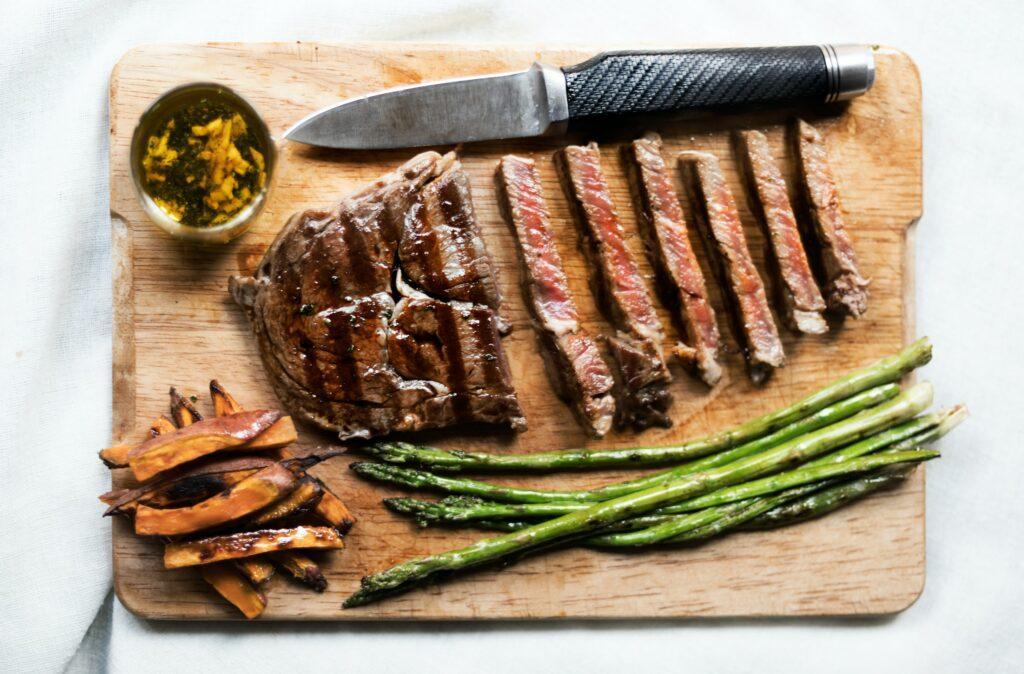
When it comes to grilling meat, preparation is key to achieving juicy and flavorful results. There are several techniques you can use to prepare your meat before grilling, including marinating, brining, and using dry rubs.
Marinating
Marinating involves soaking your meat in a flavorful liquid for a period of time before grilling. This technique not only adds flavor to your meat, but it also helps to tenderize it and keep it moist while cooking.
To marinate your meat, start by choosing a liquid that complements the type of meat you are grilling. For example, a citrus-based marinade works well with chicken, while a red wine-based marinade is a great choice for beef.
Next, place your meat in a large resealable plastic bag and pour the marinade over it. Make sure the meat is fully coated in the marinade, then seal the bag and refrigerate for at least 30 minutes, but ideally for several hours or even overnight.
Before grilling, remove the meat from the marinade and discard any excess liquid. Pat the meat dry with paper towels to remove any excess moisture, then grill as desired.
Brining
Brining is a technique that involves soaking your meat in a saltwater solution before grilling. This technique not only adds flavor to your meat, but it also helps to keep it moist while cooking.
To brine your meat, start by mixing together a solution of water, salt, and any other desired seasonings, such as sugar, herbs, or spices. Place your meat in a large container or resealable plastic bag and pour the brine over it. Make sure the meat is fully submerged in the brine, then refrigerate for several hours or overnight.
Before grilling, remove the meat from the brine and rinse it thoroughly with cold water to remove any excess salt. Pat the meat dry with paper towels to remove any excess moisture, then grill as desired.
Dry Rubs
Dry rubs are a mixture of spices and seasonings that are rubbed onto the surface of your meat before grilling. This technique not only adds flavor to your meat, but it also helps to create a flavorful crust on the outside of the meat.
To make a dry rub, start by mixing together your desired spices and seasonings. Common ingredients include salt, pepper, garlic powder, onion powder, paprika, cumin, and chili powder. Rub the mixture onto the surface of your meat, making sure to fully coat it.
Before grilling, let the meat sit at room temperature for about 30 minutes to allow the flavors to penetrate. Then, grill as desired.
Sources
- 3 Easy Steps on How to Keep Meat Moist While Grilling
- How to Keep Meat Moist While Smoking | BBQ Champs Academy
- How To Keep Meat Moist While Grilling – Stella! Restaurant
- Preparing meat | Professional Secrets
Frequently Asked Questions
Q: How long should I marinate my meat for?
A: It depends on the type of meat you are grilling and the marinade you are using. Generally, marinating for at least 30 minutes is recommended, but marinating overnight can result in even more flavorful and tender meat.
Q: Can I reuse brine?
A: No, it is not recommended to reuse brine as it can contain harmful bacteria from the meat. Discard any leftover brine after use.
Q: Can I use a dry rub and a marinade together?
A: Yes, you can use both a dry rub and a marinade together for even more flavor. Apply the dry rub first, then marinate the meat as desired.
Grilling Techniques
Grilling is a popular cooking method for meats, but it can be challenging to keep the meat juicy and tender while ensuring it is cooked to the desired level of doneness. Here are some grilling techniques to help you achieve the perfect grilled meat:
Direct vs. Indirect Heat
Direct heat is when the meat is placed directly over the flame or heat source. This is ideal for thin cuts of meat that cook quickly, such as burgers, steaks, and hot dogs. Indirect heat is when the meat is placed away from the heat source, with the lid closed to trap the heat inside. This is ideal for thicker cuts of meat that need to cook slowly and evenly, such as roasts and whole chickens.
Temperature Control
Temperature control is crucial when grilling meat. It is essential to preheat the grill before adding the meat, and to maintain a consistent temperature throughout the cooking process. Use a meat thermometer to check the internal temperature of the meat to ensure it is cooked to the desired level of doneness. Here are some general guidelines for internal temperatures:
- Rare: 120-130°F
- Medium-rare: 130-135°F
- Medium: 135-145°F
- Medium-well: 145-155°F
- Well-done: 155°F and above
Resting Time
Resting time is just as important as cooking time when it comes to grilling meat. After removing the meat from the grill, let it rest for a few minutes before slicing or serving. This allows the juices to redistribute throughout the meat, making it juicier and more tender.
Here are some additional tips for keeping meat juicy while grilling:
- Marinate the meat before grilling to add flavor and moisture.
- Brush the meat with oil before grilling to prevent it from sticking to the grill grates.
- Use a meat injector to inject liquid into the meat to keep it moist and flavorful.
- Use a water pan in the grill to create steam and keep the meat moist.
- Avoid piercing the meat with a fork or knife while grilling, as this can cause the juices to escape.
By following these grilling techniques, you can achieve juicy, tender, and flavorful grilled meat every time.
Source
Frequently Asked Questions
- How do I know when the meat is done?
Use a meat thermometer to check the internal temperature of the meat. Refer to the general guidelines for internal temperatures mentioned above. - Should I flip the meat while grilling?
Yes, flip the meat once or twice during the cooking process to ensure it is cooked evenly on both sides. - How long should I let the meat rest?
Let the meat rest for 5-10 minutes before slicing or serving. The exact time will depend on the size and thickness of the meat.
Additional Tips
When it comes to grilling meat, there are a few additional tips that can help keep your meat juicy and tender. In this section, we’ll cover using foil or a drip pan, basting, and choosing the right cut of meat.
Using Foil or a Drip Pan
One of the easiest ways to keep your meat juicy while grilling is to use foil or a drip pan. Foil can be used to create a makeshift drip pan that will catch any juices that might otherwise drip onto the flames and cause flare-ups. A drip pan can also be used to catch any juices and prevent them from evaporating. This will help keep your meat moist and tender.
To use foil or a drip pan, simply place it under your meat while it’s grilling. If you’re using foil, make sure to crimp the edges to create a lip that will catch any juices. If you’re using a drip pan, make sure it’s large enough to catch all the juices.
Basting
Basting your meat while it’s grilling can also help keep it juicy. Basting involves brushing your meat with a liquid, such as a marinade or barbecue sauce, while it’s cooking. This helps to keep the meat moist and adds flavor.
To baste your meat, simply brush it with your chosen liquid every few minutes while it’s grilling. Make sure to use a heat-resistant brush and to avoid brushing the meat too much, as this can cause it to dry out.
Choosing the Right Cut of Meat
Finally, choosing the right cut of meat can make a big difference in how juicy it is when it’s grilled. Some cuts, such as ribeye or sirloin, are naturally more tender and juicy than others, such as flank or skirt steak.
When choosing a cut of meat for grilling, look for one that has good marbling, which is the fat that’s distributed throughout the meat. This will help keep the meat moist and tender while it’s grilling.
By using foil or a drip pan, basting, and choosing the right cut of meat, you can help keep your meat juicy and tender while it’s grilling.
Source:
- 3 Easy Steps on How to Keep Meat Moist While Grilling
- How to Keep Meat Moist While Smoking: 12 Easy Tips You Can Try
- How To Keep Meat Moist And Juicy When Smoking
- How do you keep meat moist in a smoker: 10 juicy tips from the pro’s
- Smoke Meat Without Drying it Out: 9 Tips for Juicy BBQ
Frequently Asked Questions:
- Q: How do I know if my meat is cooked properly?
- A: Use a meat thermometer to check the internal temperature of your meat. The USDA recommends cooking beef to an internal temperature of 145°F for medium-rare, 160°F for medium, and 170°F for well-done.
- Q: Can I use water instead of a drip pan?
- A: Yes, you can use water in a drip pan instead of a foil or metal pan. The water will help keep the meat moist and prevent it from drying out.
Sources:
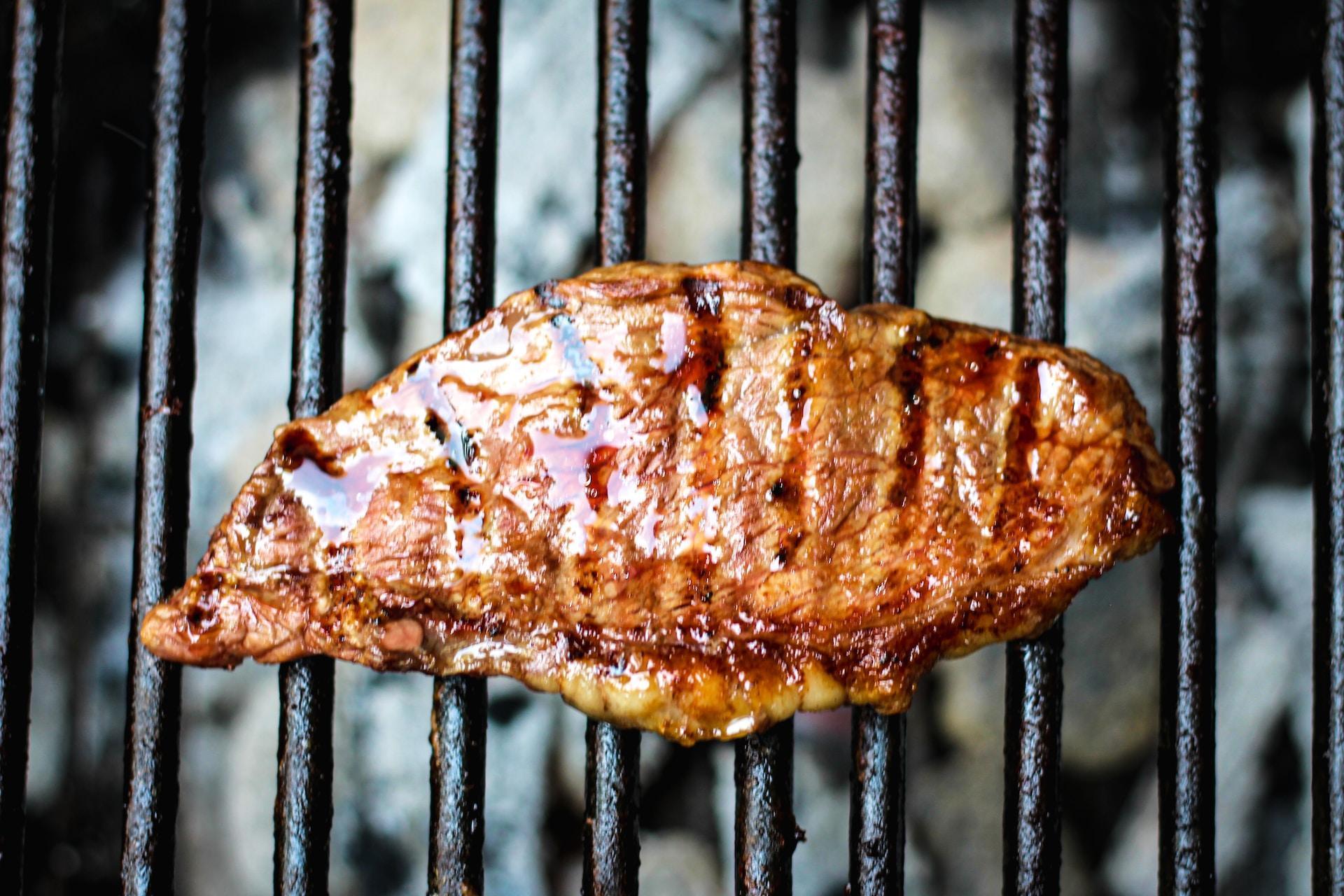

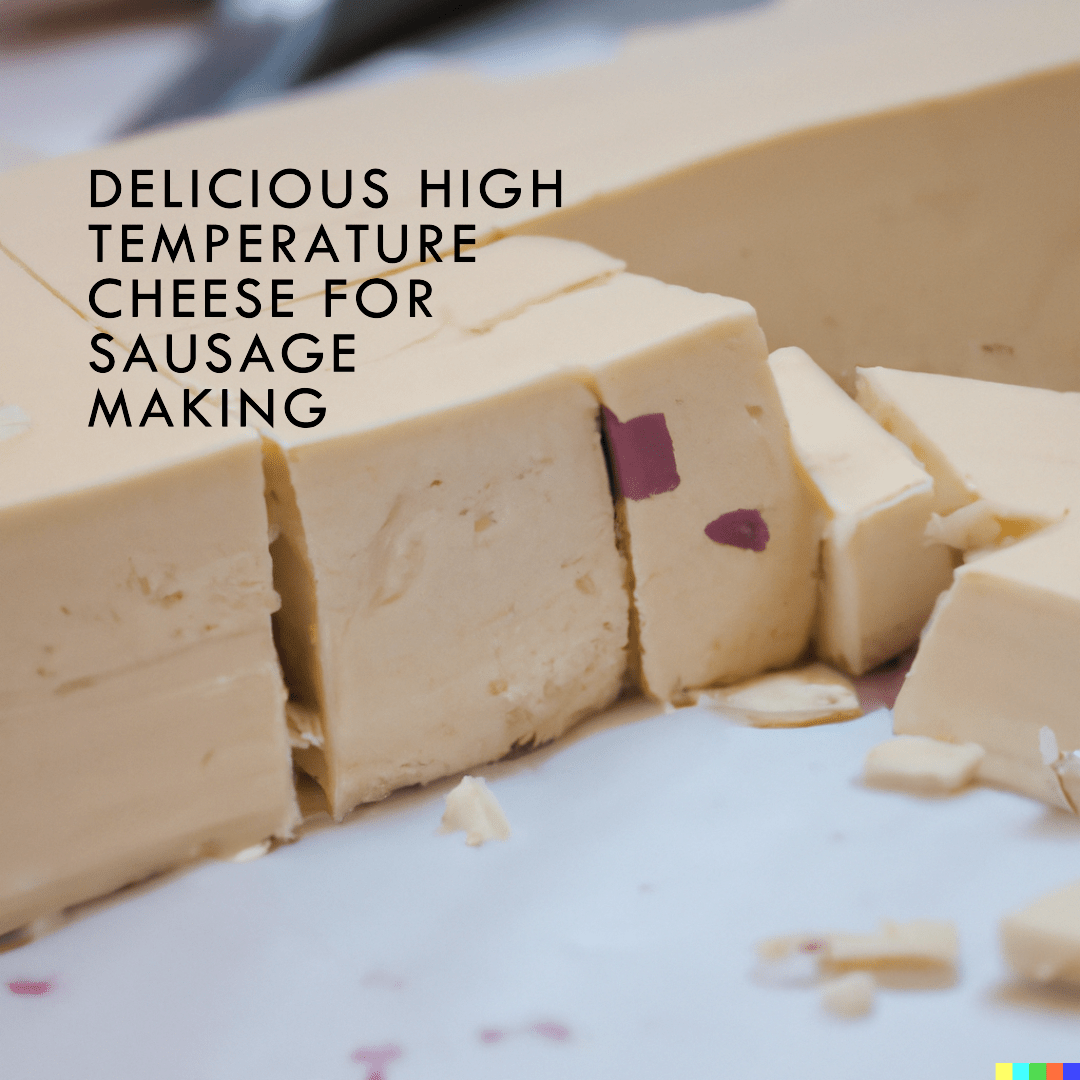
![Do You Have to Water Bath Pickles? [Stepwise Guide!]](https://kitchenbarrels.com/wp-content/uploads/2023/01/Do-You-Water-Bath-Pickles.jpg)
